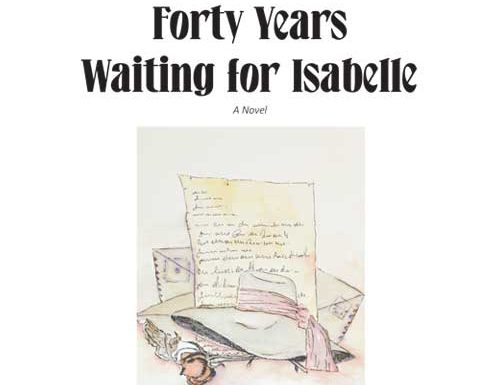Said Khatibi begins his novel “Forty Years Waiting for Isabel”, with the biography of Swiss writer and traveler Isabelle Eberhardt (1904–1877) and ends the novel with it. Between the two points, events and personalities diverge and combine past and present.
From the very beginning, we see a close link between Isabel Eberhardt and Joseph Richard, the protagonist, who discovers a manuscript, finds it more than 40 years after her tragic departure, in the home of a former employee of the Municipal House in the city of Bouzada, in the south of Algiers, where she lived in intermittent periods, in which he is revealing a dark part of her bustling diary.
The hero/narrator, an artist and soldier who participated in the World War II, and then in the Algerian revolution against French colonialism, imagines a second life for the Swiss writer and traveler, so he revives her from her desert shrine to modern times, that her ghost accompanied him until 1992, the year that paved the way for Algeria to enter the black decade. From here, the novel poses one of the most critical questions, and tries to answer it: How did Algeria reach its bloody violence in the 1990s?
By re-reading Eberhart’s works, it is clear that there is a thread lost in the process, the texts we received were disjointed, her most prominent manuscript, which she wrote in her late life, was extracted from mud, following the flood of the “Yellow Valley”, southwest of Algiers, close to the border with Morocco, which led to her death, prompting researchers to try to rearrange and restore the manuscripts.





